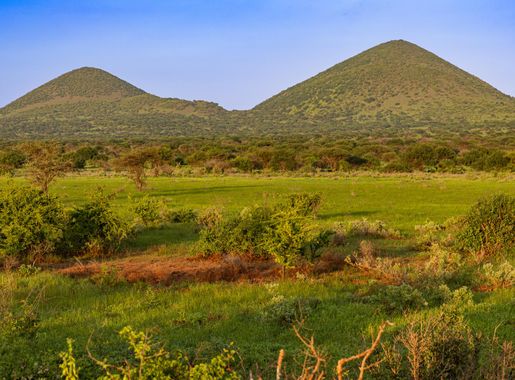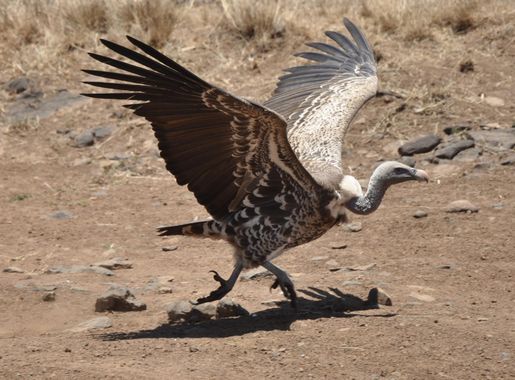
Tsavo National Park: A Wild Safari Adventure in Kenya
Discover Tsavo National Park in Kenya: A vast wilderness teeming with wildlife, stunning landscapes, and rich history, perfect for an unforgettable safari adventure.
Tsavo National Park is one of Kenya's largest and oldest national parks, offering a vast wilderness teeming with diverse wildlife. Split into Tsavo East and Tsavo West, the park covers an impressive area, providing a unique safari experience for visitors. The red-hued earth of Tsavo East contrasts with the lush, volcanic landscapes of Tsavo West, creating a stunning backdrop for game viewing. Visitors to Tsavo National Park can expect to encounter the famous 'Big Five' – lions, leopards, elephants, buffalo, and rhinos. Tsavo is also home to the iconic red elephants, whose red coloration is due to the park's distinctive soil. Bird enthusiasts will be thrilled by the over 500 species of birds that inhabit the park, making it a top destination for birdwatching. Beyond the wildlife, Tsavo National Park offers a range of experiences, from exploring the Mzima Springs, where clear waters attract hippos and crocodiles, to the stunning views of the Yatta Plateau, the world's longest lava flow. The park's history is equally fascinating, with tales of the infamous man-eating lions of Tsavo adding an element of intrigue to any visit.
Local tips in Tsavo National Park
- Visit both Tsavo East and Tsavo West for a complete experience of the park's diverse landscapes and wildlife.
- Early morning and late afternoon are the best times for game viewing when animals are most active.
- Carry binoculars and a good camera for the best wildlife and birdwatching experiences.
- Stay hydrated and wear sun protection, as the park can get very hot during the day.
- Consider hiring a local guide to enhance your safari experience with expert knowledge and insights.
Tsavo National Park: A Wild Safari Adventure in Kenya
Tsavo National Park is one of Kenya's largest and oldest national parks, offering a vast wilderness teeming with diverse wildlife. Split into Tsavo East and Tsavo West, the park covers an impressive area, providing a unique safari experience for visitors. The red-hued earth of Tsavo East contrasts with the lush, volcanic landscapes of Tsavo West, creating a stunning backdrop for game viewing. Visitors to Tsavo National Park can expect to encounter the famous 'Big Five' – lions, leopards, elephants, buffalo, and rhinos. Tsavo is also home to the iconic red elephants, whose red coloration is due to the park's distinctive soil. Bird enthusiasts will be thrilled by the over 500 species of birds that inhabit the park, making it a top destination for birdwatching. Beyond the wildlife, Tsavo National Park offers a range of experiences, from exploring the Mzima Springs, where clear waters attract hippos and crocodiles, to the stunning views of the Yatta Plateau, the world's longest lava flow. The park's history is equally fascinating, with tales of the infamous man-eating lions of Tsavo adding an element of intrigue to any visit.
When is the best time to go to Tsavo National Park?
Iconic landmarks you can’t miss
Tsavo West National Park
Discover the breathtaking landscapes and diverse wildlife of Tsavo West National Park, an unforgettable destination in the heart of Kenya's wilderness.

Salt Lick Safari Lodge
Experience the beauty of Tsavo West National Park at Salt Lick Safari Lodge, where luxury meets nature in perfect harmony.

Watamu Marine National Park & Reserve
Explore the vibrant underwater ecosystems and breathtaking coastal beauty of Watamu Marine National Park & Reserve in Kenya.

Taita Hills Safari Resort & Spa
Experience luxury and adventure at Taita Hills Safari Resort & Spa, nestled in the heart of Tsavo National Park, a paradise for wildlife enthusiasts.

Chyulu Hills National Park
Explore the stunning landscapes of Chyulu Hills National Park, a natural paradise in Kenya, rich in wildlife and breathtaking views.
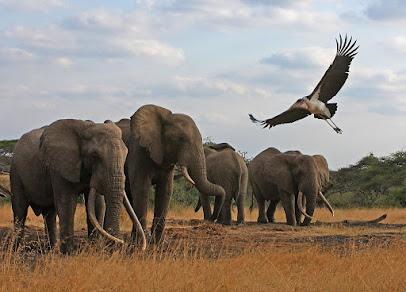
Gede Ruins Malindi... Snake Park
Discover the ancient Swahili town of Gede Ruins and encounter exotic snakes at the Snake Park, a captivating historical landmark in Kenya.
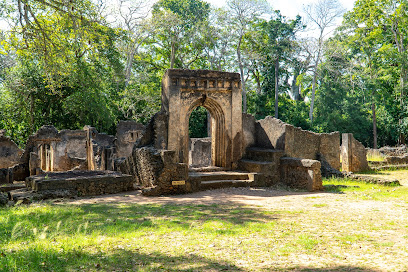
Kilaguni Serena Safari Lodge
Discover the enchanting Kilaguni Serena Safari Lodge in Tsavo National Park, a perfect blend of luxury and adventure amidst stunning wildlife.
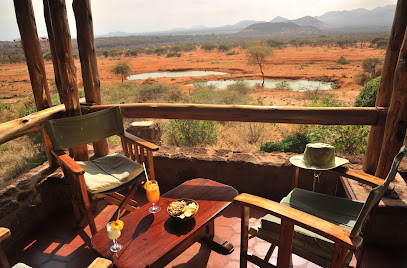
Shimba Hills National Reserve
Explore the breathtaking landscapes and rich biodiversity of Shimba Hills National Reserve, a must-visit national park in Kenya for nature lovers and adventurers.
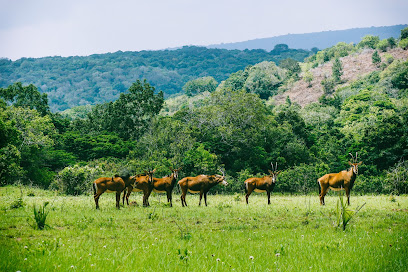
Salt Lick Game Lodge
Discover the beauty of wildlife and luxury at Salt Lick Game Lodge, a top destination in the heart of Kenya's Tsavo region.

Buffalo Springs National Reserve
Discover the diverse wildlife and breathtaking landscapes of Buffalo Springs National Reserve, a hidden gem in Kenya's natural beauty.
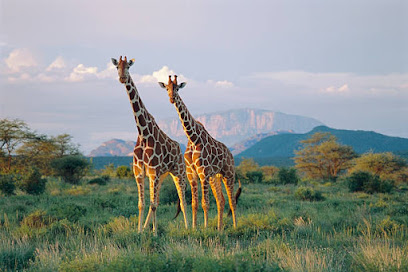
Arabuko Sokoke National Reserve
Explore the rich biodiversity and serene landscapes of Arabuko Sokoke National Reserve, a coastal paradise in Kenya perfect for nature lovers and adventurers.
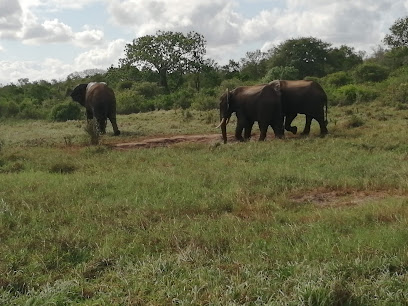
Tsavo East Sala Gate
Experience the breathtaking wildlife and stunning landscapes at Tsavo East Sala Gate, a gateway to adventure in Kenya's iconic national park.
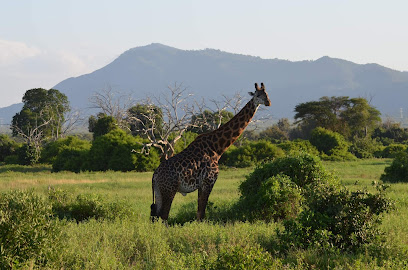
Jumba La Mtwana
Unveil the mysteries of 13th-century Swahili culture at Jumba La Mtwana, a captivating historical site and museum in Mtwapa, Kenya.
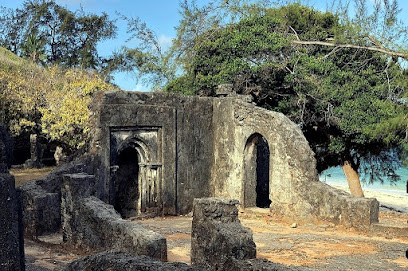
Severin Safari Camp
Explore the breathtaking wilderness of Tsavo National Park at Severin Safari Camp, where luxury meets adventure in the heart of Africa.
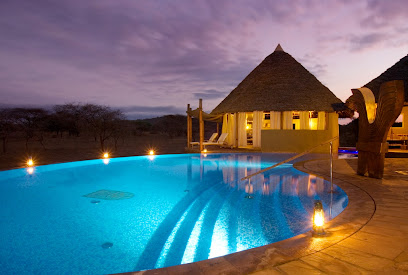
Nguuni Nature Sanctuary
Experience the tranquility and beauty of Nguuni Nature Sanctuary, a wildlife haven perfect for birdwatching, photography, and camping in Mombasa, Kenya.
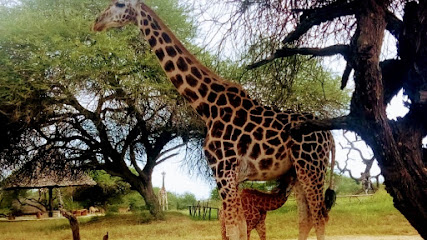
Unmissable attractions to see
Tsavo East Sala Gate
Experience the breathtaking wildlife and stunning landscapes at Tsavo East Sala Gate, the gateway to Kenya's iconic national park.
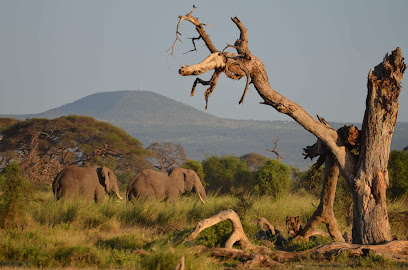
Tsavo East National Park
Explore the vast wilderness of Tsavo East National Park, a wildlife haven in Kenya with stunning landscapes and rich biodiversity.

Luggard's Falls Hiking Trail
Discover the breathtaking beauty of Luggard's Falls Hiking Trail in Kenya, where adventure meets tranquility in a stunning natural landscape.
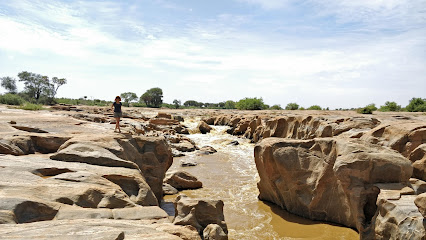
Galana Wildlife Conservancy
Discover the captivating wildlife at Galana Wildlife Conservancy, a premier safari park in Kenya showcasing the beauty of East Africa's rich biodiversity.
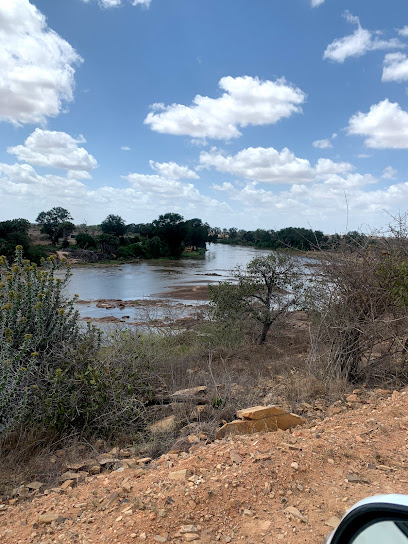
Tsavo Safari natural park
Experience the breathtaking beauty and diverse wildlife of Tsavo Safari Natural Park, a premier destination for nature lovers and adventure seekers in Kenya.
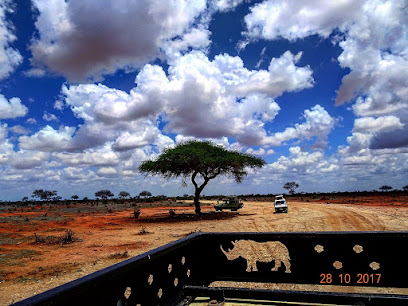
Rhino Viewing Platform - Ngulia Rhino Sanctuary - Tsavo Trust
Experience the thrill of observing endangered rhinos at the Ngulia Rhino Sanctuary's viewing platform in Tsavo West, a haven for wildlife enthusiasts.
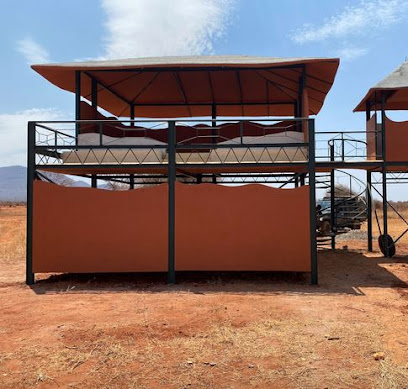
Tsavo West Park Headquarters -Kamboyo
Discover the rich wildlife and stunning landscapes of Tsavo West Park Headquarters, a premier destination for nature lovers and safari enthusiasts in Kenya.
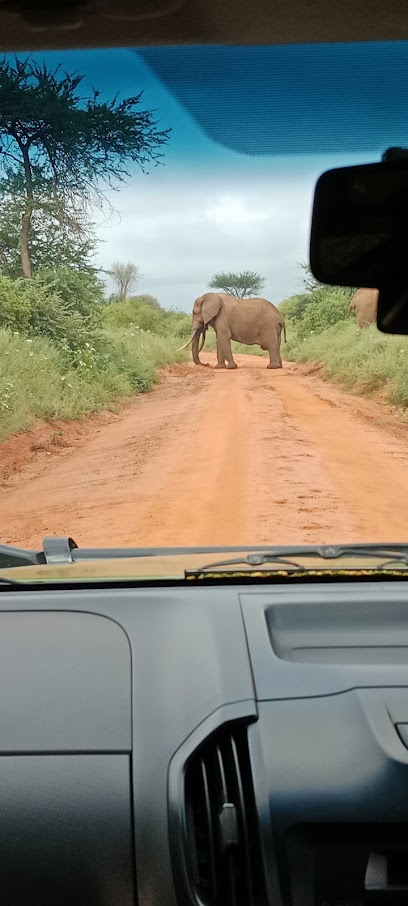
Voi
Experience the breathtaking landscapes, vibrant culture, and rich wildlife of Voi, the gateway to Tsavo National Park in Kenya.
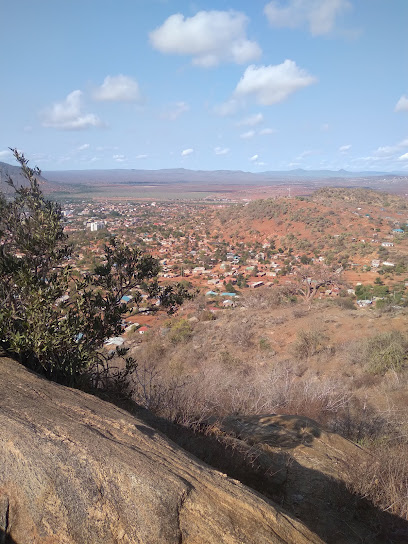
Tsavo West National Park Southern Maktau Gate
Experience the breathtaking landscapes and diverse wildlife of Tsavo West National Park, a jewel of Kenya's natural heritage.
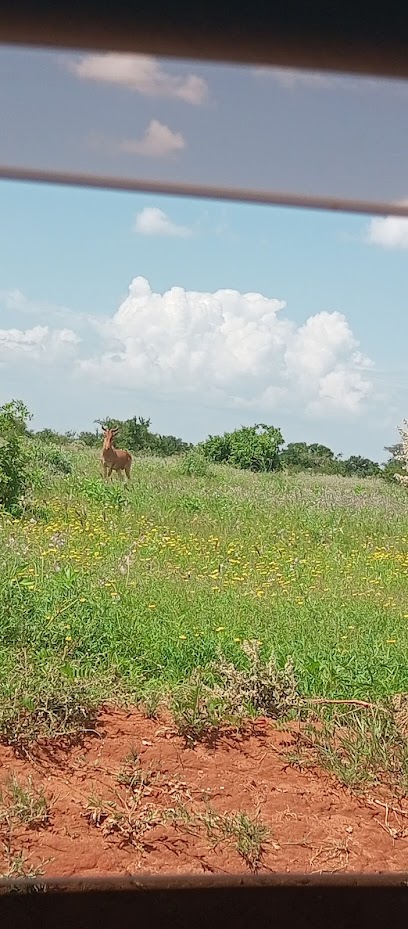
TAITA TAVETA WILDLIFE FORUM
Discover the beauty and biodiversity of Kenya's wildlife at Taita Taveta Wildlife Forum in Mbololo, Voi. A must-visit for nature enthusiasts.

KANDERI SWAMP
Experience the breathtaking wildlife and natural beauty of Kanderi Swamp in Tsavo East National Park, a hidden gem for nature lovers in Kenya.

Pikapika hill
Experience breathtaking views and serene nature at Pikapika Hill, a must-visit tourist attraction in Ndome, Kenya.

SOUTH POINT =SEK- ASAL
Explore the breathtaking wildlife and stunning landscapes at South Point =SEK- ASAL, a premier destination in Tsavo, Kenya.
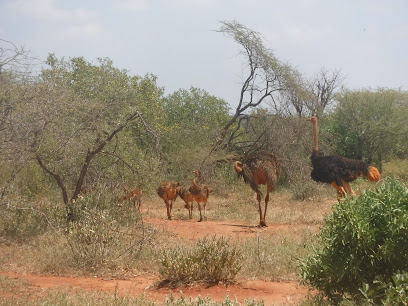
HIPPO POOL
Explore Hippo Pool in Tsavo East National Park, a wildlife haven offering unforgettable views of hippos and stunning natural landscapes.

Ngutini wildlife Conservancy
Discover the stunning beauty of Ngutini Wildlife Conservancy, a wildlife haven in Kenya, rich in biodiversity and perfect for nature lovers.

Essential places to dine
Midway Refreshments
Experience the best of Kenyan cuisine at Midway Refreshments on your journey along the Nairobi-Mombasa Highway.
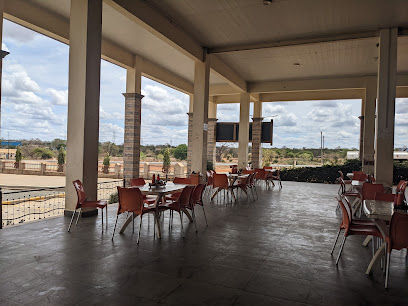
Taita Hills Safari Resort & Spa
Experience luxury amidst nature at Taita Hills Safari Resort & Spa - your perfect escape in Tsavo National Park.

Voi Wildlife Lodge
Discover unparalleled wildlife experiences at Voi Wildlife Lodge, your serene gateway to Tsavo East National Park's breathtaking landscapes.
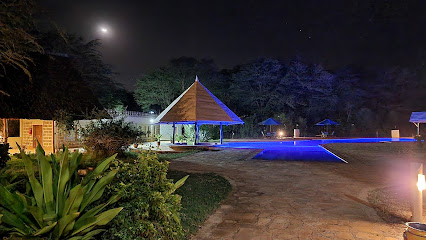
Kilaguni Serena Safari Lodge
Discover luxury and adventure at Kilaguni Serena Safari Lodge in Tsavo National Park – your gateway to Kenya’s magnificent wildlife.

Severin Safari Camp
Experience luxury amidst nature at Severin Safari Camp in Tsavo National Park - an unforgettable retreat for wildlife lovers.
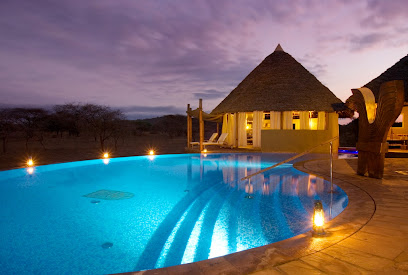
Rosewood Hotel & Grill Voi
Discover exquisite dining at Rosewood Hotel & Grill Voi – where local flavors meet vibrant atmosphere.
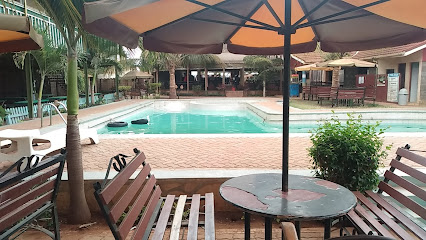
Zomeni Lion Hill Safari Lodge
Discover luxury and adventure at Zomeni Lion Hill Safari Lodge overlooking Tsavo National Park - a perfect escape into Kenya's wilderness.

Treetops hotel
Discover delicious Kenyan cuisine at Treetops Hotel in Mombasa – where great taste meets affordability amidst lush surroundings.
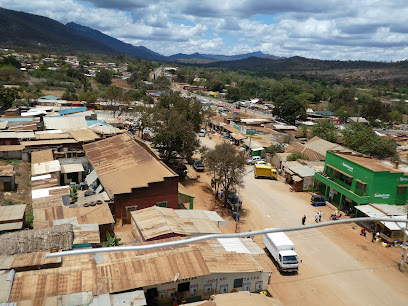
Soroi Lions Bluff Lodge, Tsavo, Kenya
Discover luxury and wildlife at Soroi Lions Bluff Lodge in Tsavo National Park – an unforgettable escape into Kenya's natural beauty.
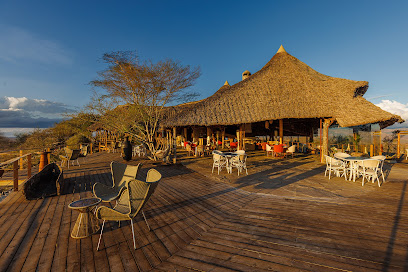
Club shalex
Experience vibrant sports culture at Club Shalex in Voi - where great food meets thrilling live games in an inviting atmosphere.
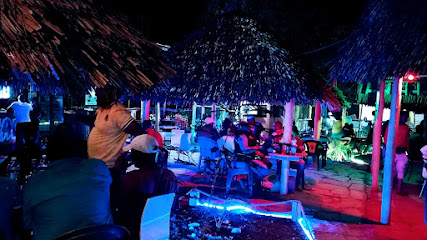
Man Eaters Camp
Discover adventure and history at Man Eaters Camp near Tsavo National Park - a perfect blend of nature and comfort.

Tsavo East National Park - Bachuma Gate
Discover Tsavo East National Park: A Wildlife Haven in Kenya’s Breathtaking Landscapes.

Kwa Biwott
Experience authentic Kenyan flavors at Kwa Biwott in Kimana, where delicious grilled dishes meet warm hospitality in a vibrant setting.
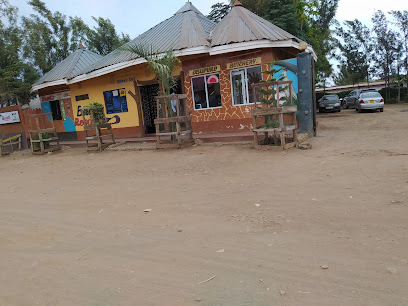
National Oil Restaurant
Experience authentic Kenyan cuisine at National Oil Restaurant in Mtito Andei - where every meal tells a story.
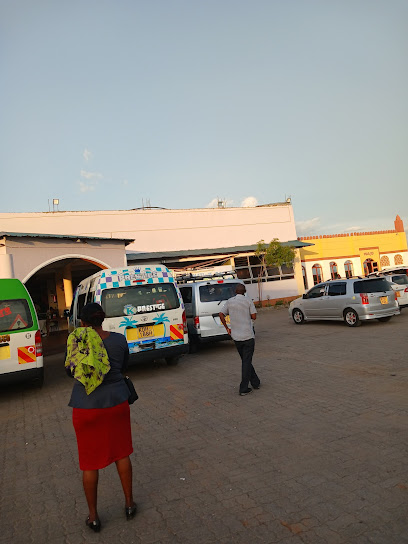
Coast Dishes
Experience authentic coastal cuisine at Coast Dishes in Voi - where local flavors meet affordability.
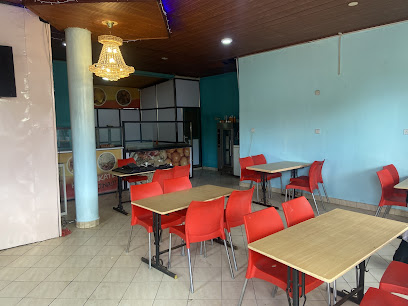
Markets, malls and hidden boutiques
Voi Town centre
Explore Voi Town Centre, a lively Kenyan hub filled with music, local culture, and vibrant shopping experiences that resonate with the heart of Africa.
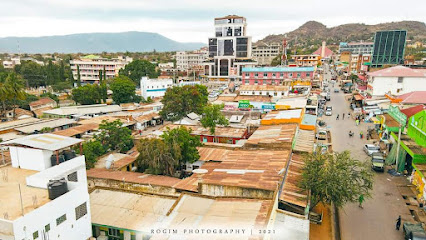
Kilimanjaro curio shop
Discover unique handcrafted gifts and vibrant local art at Kilimanjaro Curio Shop in Voi, a must-visit for every traveler seeking authentic Kenyan treasures.
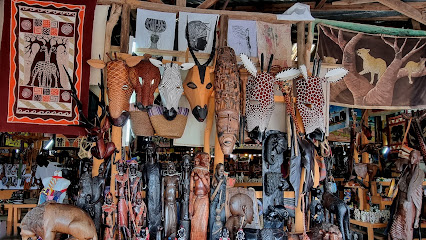
Beauty for cash
Explore Beauty for Cash, the ultimate destination for affordable beauty supplies and products, perfect for travelers seeking quality without high prices.

LULU SHOP
Discover the rich flavors of India at LULU SHOP, your go-to Indian grocery store in Kaloleni, offering authentic spices and snacks for culinary enthusiasts.
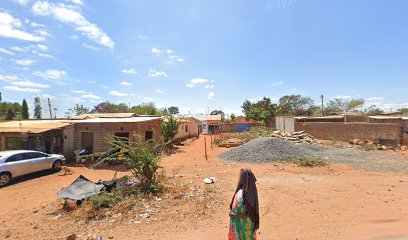
Engwata Sala Gate
Discover the essence of Kenyan craftsmanship at Engwata Sala Gate, your go-to souvenir store for unique local treasures and cultural keepsakes.
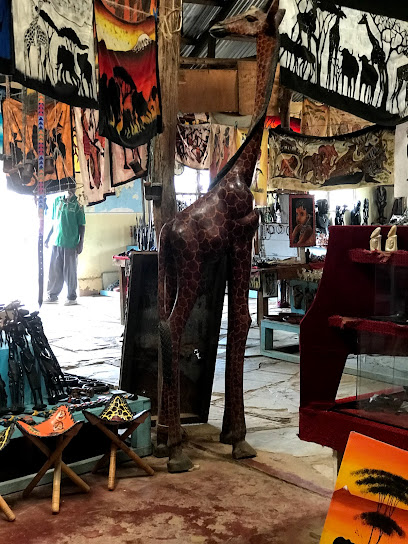
Galana Kulalu Food Security Project
Explore the Galana Kulalu Food Security Project in Tsavo, Kenya - a grocery store promoting sustainability and local agricultural practices.
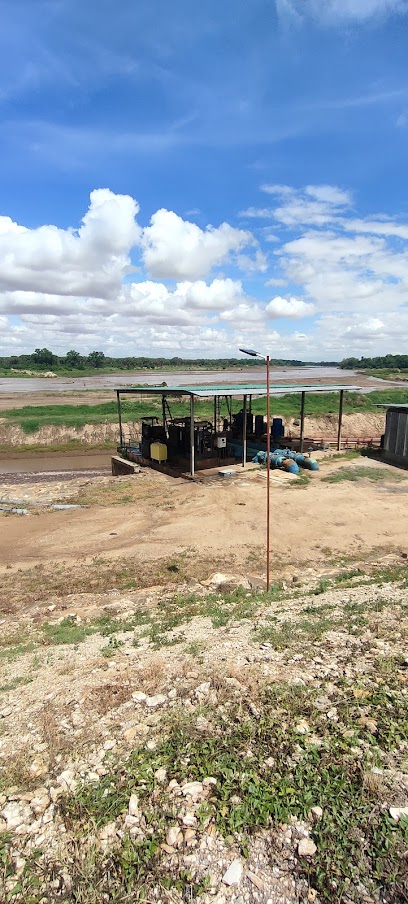
Athi Makutano Market
Explore the heart of Kathekani at Athi Makutano Market – a vibrant hub for unique home goods and local culture.

Irindinyi shopping centre
Explore the vibrant Irindinyi Shopping Centre, where local culture meets convenience in the heart of D540Kenya.

Classique boutique
Discover unique fashion at Classique Boutique in Voi, where style meets quality in an inviting shopping atmosphere.

T&I Centre
Explore Voi's vibrant T&I Centre for an authentic grocery shopping experience and a taste of local culture in Kenya.
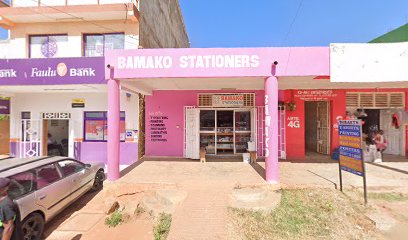
Rafiki retail traders
Discover authentic local products and experience the warmth of Kenyan culture at Rafiki Retail Traders in Mwangea.

TSAVO AUTOPOINT LTD
Experience the vibrant atmosphere and convenience of Tsavo Autopoint Ltd, your essential stop along the Mombasa-Nairobi Highway in Voi.

Pet Tsavo Bar And Restaurant
Experience the authentic flavors of Kenya at Pet Tsavo Bar And Restaurant in Voi, where culinary creativity meets local hospitality.

Ikonge Stores
Explore Ikonge Stores in Taveta, Kenya, for authentic Buddhist supplies and a unique cultural experience that enriches your spiritual journey.

GRACE BOUTIQUE
Explore Grace Boutique in Voi for unique clothing that blends local culture with contemporary style.

Essential bars & hidden hideouts
Club shalex
Experience the vibrant nightlife at Club Shalex, Voi's premier sports bar, where great food, drinks, and live sports come together.
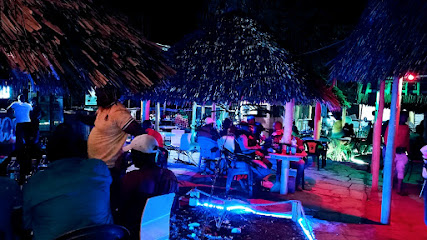
Flames Bar and Grill
Experience the vibrant essence of Voi at Flames Bar and Grill, where delicious cuisine meets a lively atmosphere for memorable nights.
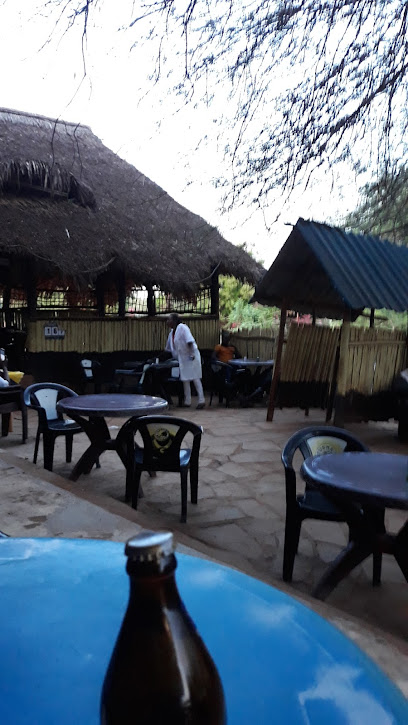
Cool Vibes Bar and Restaurant.
Discover the perfect blend of delicious food and laid-back atmosphere at Cool Vibes Bar and Restaurant, a must-visit destination in Kenya.
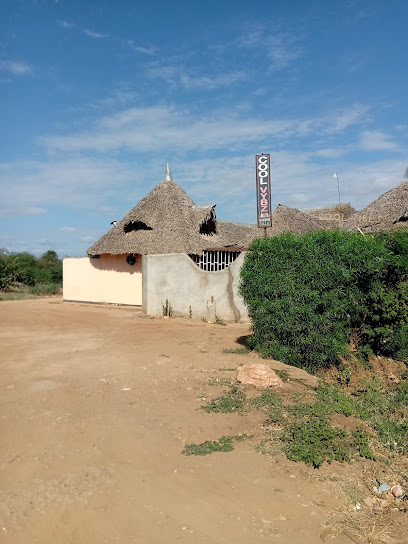
Cool Breeze Bar and Restaurant
Cool Breeze Bar and Restaurant in Kaloleni offers a vibrant atmosphere with local cuisine, refreshing drinks, and a perfect place to relax after a day of adventure.
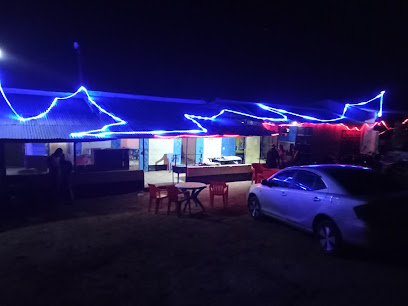
Milka's Bar
Discover Milka's Bar in Voi - a vibrant grill and bar offering local flavors, friendly service, and a relaxed atmosphere for all travelers.
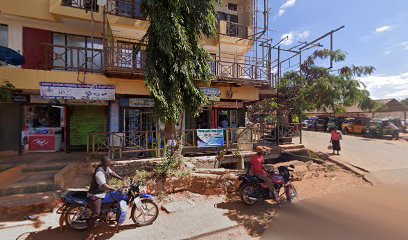
Mangwendes pub
Discover the local charm and vibrant atmosphere at Mangwendes Pub in Voi, the perfect spot for refreshments and relaxation.
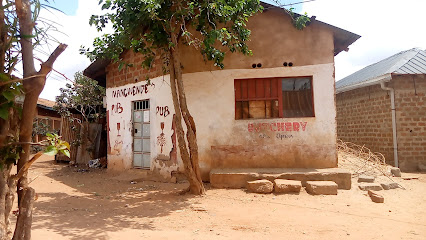
T Liquors
Discover T Liquors, a vibrant bar offering a delightful mix of local and international beverages in a welcoming atmosphere.
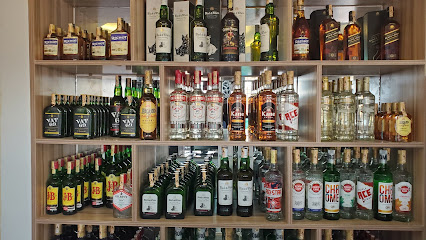
Gems Lounge Bar & Restaurant
Discover the vibrant flavors of Voi at Gems Lounge Bar & Restaurant, where every meal is a celebration of taste and atmosphere.
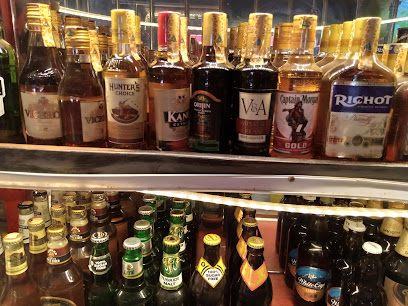
Friday's Pub
Friday's Pub in Voi: Experience the lively atmosphere, mingle with locals, and enjoy a taste of authentic Kenyan nightlife.

TSAVO BAR
Discover the lively atmosphere and local flavors at Tsavo Bar in Wundanyi, a must-visit destination for an authentic Kenyan nightlife experience.
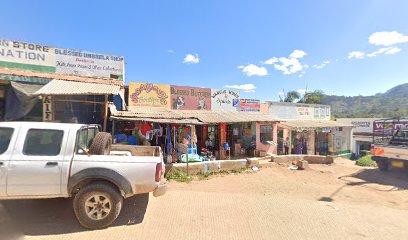
Hunters Bar and Restaurant
Experience authentic local cuisine at Hunters Bar and Restaurant, where vibrant atmosphere meets delicious flavors in the heart of the region.
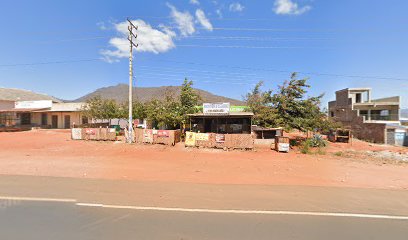
The Base Bar & Restaurant
Experience the vibrant culture and flavors of Ghazi at The Base Bar & Restaurant, where delightful dishes and refreshing drinks await.
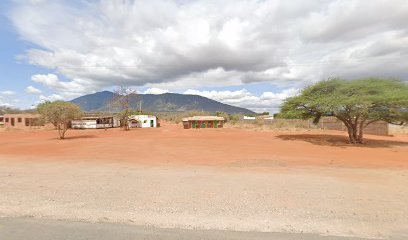
Challex Lounge
Discover the vibrant atmosphere of Challex Lounge in Voi, where relaxation meets local culture amidst refreshing drinks and great company.
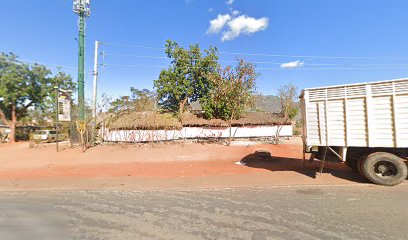
Green Neon2
Discover the vibrant nightlife at Green Neon2, a lively bar in Voi offering local drinks, music, and a friendly atmosphere for all visitors.
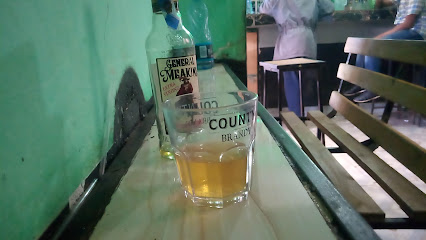
Gloria Bar And Restaurant
Discover the lively ambiance and local flavors at Gloria Bar And Restaurant in Voi, a perfect spot for relaxation and socializing.

Local Phrases about Tsavo National Park
-
- HelloJambo
[jahm-boh] - GoodbyeKwaheri
[kwah-heh-ree] - YesNdio
[nn-dyoh] - NoHapana
[hah-pah-nah] - Please/You're welcomeTafadhali
[tah-fah-dhah-lee] - Thank youAsante
[ah-sahn-teh] - Excuse me/SorrySamahani
[sah-mah-hah-nee] - How are you?U hali gani?
[oo hah-lee gah-nee] - Fine. And you?Nzuri. Na wewe?
[n-zoo-ree. nah weh-weh] - Do you speak English?Unazungumza Kiingereza?
[oo-nah-zoo-ngoom-zah keen-geh-reh-zah] - I don't understandSielewi
[see-leh-wee]
- HelloJambo
-
- I'd like to see the menu, pleaseNingependa kuona menyu, tafadhali
[nin-geh-pen-dah koo-oh-nah men-yoo, tah-fah-dhah-lee] - I don't eat meatSi kula nyama
[see koo-lah nyah-mah] - Cheers!Mambo!
[mahm-boh] - I would like to pay, pleaseNingependa kulipa, tafadhali
[nin-geh-pen-dah koo-lee-pah, tah-fah-dhah-lee]
- I'd like to see the menu, pleaseNingependa kuona menyu, tafadhali
-
- Help!Msaada!
[msah-ah-dah] - Go away!Nenda zako!
[nen-dah zah-koh] - Call the Police!Piga polisi!
[pee-gah poh-lee-see] - Call a doctor!Piga daktari!
[pee-gah dahk-tah-ree] - I'm lostNimepotea
[nee-meh-poh-teh-ah] - I'm illNinaumwa
[nee-nah-oom-wah]
- Help!Msaada!
-
- I'd like to buy...Ningependa kununua...
[nin-geh-pen-dah koo-noo-noo-ah] - I'm just lookingNinaangalia tu
[nee-nah-ahn-gah-lee-ah too] - How much is it?Bei ni ngapi?
[beh-ee nee ngah-pee] - That's too expensiveHilo ni ghali sana
[hee-loh nee gah-lee sah-nah] - Can you lower the price?Unaweza kupunguza bei?
[oo-nah-weh-zah koo-poon-goo-zah beh-ee]
- I'd like to buy...Ningependa kununua...
-
- What time is it?Saa ngapi?
[sah-ah ngah-pee] - It's one o'clockNi saa moja
[nee sah-ah moh-jah] - Half past (10)Nusu ya (kumi)
[noo-soo yah (koo-mee)] - MorningAsubuhi
[ah-soo-boo-hee] - AfternoonMchana
[m-chah-nah] - EveningJioni
[joh-nee] - YesterdayJana
[jah-nah] - TodayLeo
[leh-oh] - TomorrowKesho
[keh-shoh] - 1Moja
[moh-jah] - 2Mbili
[m-bee-lee] - 3Tatu
[tah-too] - 4Nne
[nn-neh] - 5Tano
[tah-noh] - 6Sita
[see-tah] - 7Saba
[sah-bah] - 8Nane
[nah-neh] - 9Tisa
[tee-sah] - 10Kumi
[koo-mee]
- What time is it?Saa ngapi?
-
- Where's a/the...?Iko wapi...?
[ee-koh wah-pee] - What's the address?Anuani ni gani?
[ah-noo-ah-nee nee gah-nee] - Can you show me (on the map)?Unaweza kunionyesha (kwenye ramani)?
[oo-nah-weh-zah koo-nee-oh-nyeh-shah (kweh-neh rah-mah-nee)] - When's the next (bus)?Basi lijalo ni saa ngapi?
[bah-see lee-jah-loh nee sah-ah ngah-pee] - A ticket (to ....)Tiketi (kwenda ....)
[tee-keh-tee (kwehn-dah)]
- Where's a/the...?Iko wapi...?
History of Tsavo National Park
-
In 1898, the construction of the Uganda Railway was disrupted by a pair of maneless male lions known as the Maneaters of Tsavo. These lions reportedly killed and consumed over 130 railway workers. Lt. Col. John Henry Patterson, who was in charge of the railway project, eventually hunted and killed the two lions. Their preserved skins and skulls are now on display at the Field Museum in Chicago.
-
Long before colonial times, the Tsavo region was inhabited by various indigenous groups, including the Orma, Waata, and Kamba peoples. These communities engaged in trade, often exchanging ivory and other goods with coastal traders. The area was a significant part of trade routes that interconnected various regions of East Africa.
-
Tsavo National Park was officially established in April 1948 by the British colonial government. The park was divided into Tsavo East and Tsavo West for administrative purposes. It was created to protect the region's diverse wildlife and unique landscapes, making it one of the oldest and largest national parks in Kenya.
-
During the Mau Mau Uprising in the 1950s, Tsavo served as a hiding place for Mau Mau fighters. The dense bush and rugged terrain provided an ideal cover for the guerilla warfare tactics used by the Mau Mau against British colonial forces. The park's history during this period is a testament to its significance in Kenya's struggle for independence.
-
David Sheldrick, the first warden of Tsavo East National Park, played a pivotal role in wildlife conservation. He implemented various anti-poaching measures and was instrumental in creating the Tsavo Elephant Management Project. His wife, Daphne Sheldrick, continued his legacy by founding the David Sheldrick Wildlife Trust, which focuses on rescuing and rehabilitating orphaned elephants.
-
The Tsavo River, which runs through the park, has been a lifeline for both wildlife and human inhabitants of the region. Historically, it served as a crucial water source and facilitated agriculture and settlement in the area. The river's presence has made the park a thriving ecosystem, supporting a wide range of flora and fauna.
-
Various archaeological sites within Tsavo have revealed artifacts dating back thousands of years. These findings include ancient tools and pottery that provide insights into the lives of early human inhabitants. The discoveries highlight the long-standing human presence and historical significance of the region.
Tsavo National Park Essentials
-
Tsavo National Park is accessible by both road and air. The nearest major airport is Jomo Kenyatta International Airport (NBO) in Nairobi, approximately 240 kilometers from the park. From Nairobi, you can take a domestic flight to the nearby Voi Airport or the Tsavo West Airstrip. Alternatively, you can drive from Nairobi via the Mombasa Highway (A109) or take a train on the Madaraka Express, which runs between Nairobi and Mombasa and stops at Voi and Mtito Andei, close to the park's entrances.
-
Within Tsavo National Park, transportation options include guided safari tours, self-drive safaris, and internal flights between various airstrips. 4x4 vehicles are recommended for self-drive safaris due to the rugged terrain. Several tour operators offer guided safaris with experienced drivers and guides who are familiar with the park's layout and wildlife. Additionally, some lodges offer shuttle services for their guests.
-
The official currency in Kenya is the Kenyan Shilling (KES). While major hotels, lodges, and some restaurants accept credit cards, it is advisable to carry cash for smaller establishments and tips. ATMs are available in nearby towns like Voi, but it is recommended to withdraw sufficient cash in Nairobi or Mombasa before entering the park. Currency exchange services are available at major airports and banks.
-
Tsavo National Park is generally safe for tourists, but it is essential to take standard precautions. Avoid walking alone at night and always stay within designated areas. Be cautious of wildlife and follow the park's guidelines and regulations. While the park itself has low crime rates, be aware of potential petty theft in nearby towns like Voi. Always lock your vehicle and secure your belongings.
-
In case of an emergency, dial 999 or 112 for immediate assistance. The park has several ranger posts and first aid stations. It is recommended to have travel insurance that covers medical emergencies, as the nearest major medical facilities are in Voi and Nairobi. For minor health issues, there are pharmacies in Voi and some lodges have basic medical supplies.
-
Fashion: Do wear neutral-colored clothing to blend in with the environment and avoid bright colors that may attract wildlife. Don't wear open-toed shoes or sandals during safaris. Religion: Do respect local customs and traditions. Public Transport: Do use registered taxis or shuttle services when traveling to and from the park. Don't rely on public transport within the park. Greetings: Do greet people with a handshake. A friendly 'Jambo' (Hello) is commonly used. Eating & Drinking: Do try local cuisine and enjoy meals at lodges and camps. Don't drink tap water; always opt for bottled or filtered water.
-
To experience Tsavo National Park like a local, consider visiting during the low tourist season (March to May and October to November) for a more serene experience. Engage with local guides who can share in-depth knowledge about the park's history and wildlife. Don't miss visiting the Mzima Springs, Lugard Falls, and the Shetani Lava Flow for unique natural attractions. Participate in community-based tourism initiatives to support local conservation efforts and learn about the culture and way of life of the communities surrounding the park.
Trending Landmarks in Tsavo National Park
-
Tsavo West National Park
-
Salt Lick Safari Lodge
-
Watamu Marine National Park & Reserve
-
Taita Hills Safari Resort & Spa
-
Chyulu Hills National Park
-
Gede Ruins Malindi... Snake Park
-
Kilaguni Serena Safari Lodge
-
Shimba Hills National Reserve
-
Salt Lick Game Lodge
-
Buffalo Springs National Reserve
-
Arabuko Sokoke National Reserve
-
Tsavo East Sala Gate
-
Jumba La Mtwana
-
Severin Safari Camp
-
Nguuni Nature Sanctuary
Nearby Cities to Tsavo National Park
-
Things To Do in Mombasa
-
Things To Do in Moshi
-
Things To Do in Diani Beach
-
Things To Do in Lamu
-
Things To Do in Arusha
-
Things To Do in Tanga
-
Things To Do in Nairobi
-
Things To Do in Naivasha
-
Things To Do in Stone Town
-
Things To Do in Zanzibar City
-
Things To Do in Nakuru
-
Things To Do in Dar es Salaam
-
Things To Do in Morogoro
-
Things To Do in Singida
-
Things To Do in Dodoma



